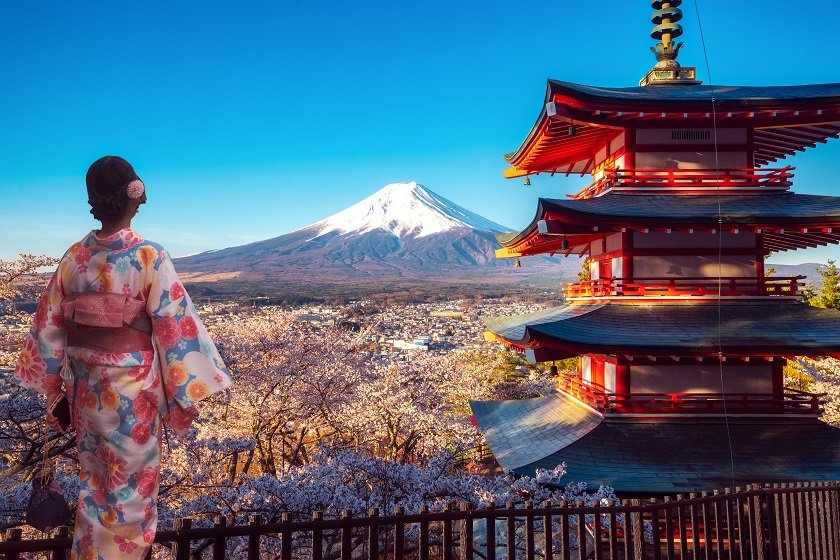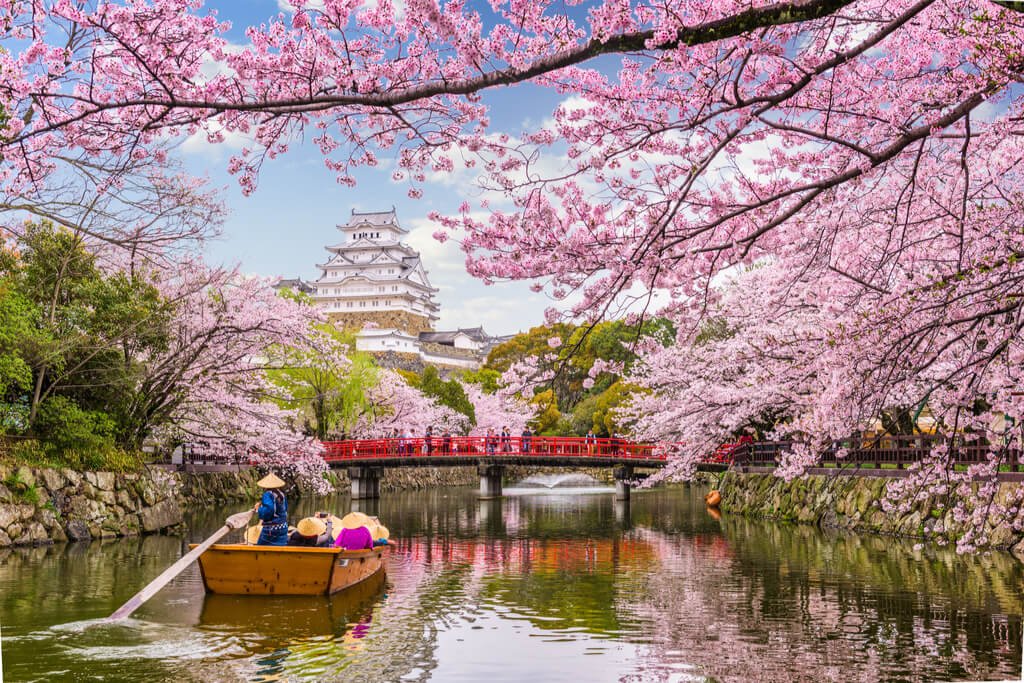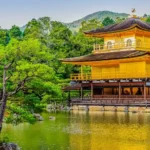The Cultural Significance of Cherry Blossoms in Japan
Cherry blossoms, or sakura as they are known in Japan, are more than just beautiful flowers—they are a profound symbol deeply woven into the fabric of Japanese culture. Every spring, the arrival of these delicate pink and white blossoms marks a time of reflection, celebration, and appreciation for the transient beauty of nature. This post explores the cultural significance of cherry blossoms in Japan, from their historical roots to their enduring symbolism in modern society.
1. The Tradition of Hanami: Celebrating Sakura Season
One of the most cherished traditions in Japan is hanami, which literally means “flower viewing.” This centuries-old custom involves gathering with family, friends, and colleagues to enjoy the beauty of cherry blossoms in full bloom.
- Historical Background: Hanami has been practiced in Japan for over a thousand years. It is believed to have started during the Nara period (710-794), initially as a celebration of the blooming plum blossoms. However, by the Heian period (794-1185), cherry blossoms had become the focal point of this seasonal observance, especially among the aristocracy, who would hold poetry readings and feasts beneath the sakura trees. Over time, the tradition spread to all levels of society, becoming a beloved national pastime.
- Modern Hanami Celebrations: Today, hanami remains a popular and much-anticipated event. Parks across Japan are filled with people picnicking under the sakura trees, enjoying food, drinks, and the company of loved ones. In major cities like Tokyo and Kyoto, popular hanami spots such as Ueno Park and Maruyama Park attract large crowds, and the atmosphere is one of joy and communal celebration. The ephemeral nature of the cherry blossoms—lasting only a week or two—adds to the sense of appreciation and urgency to make the most of this fleeting beauty.
2. Symbolism of Cherry Blossoms: Life, Death, and Renewal
Cherry blossoms hold deep symbolic meaning in Japanese culture, representing the transient nature of life and the renewal that comes with the changing seasons.
- Ephemeral Beauty: One of the most powerful symbols associated with cherry blossoms is their fleeting beauty. The blossoms bloom in a burst of color, only to fall gracefully after a short time. This cycle is seen as a metaphor for the impermanence of life—a central theme in Buddhism, which has greatly influenced Japanese culture. The cherry blossoms remind people of the transient nature of existence, encouraging mindfulness and a deeper appreciation for the present moment.
- Renewal and Rebirth: Cherry blossoms also symbolize renewal and rebirth, as they herald the arrival of spring. After the cold, barren winter months, the blooming of the sakura represents new beginnings and the start of a fresh cycle of life. This aspect of renewal is celebrated during hanami, where the focus is not only on the beauty of the flowers but also on the new opportunities and growth that come with spring.
- Warrior Symbolism: In the context of Japan’s samurai culture, cherry blossoms were often associated with the way of the warrior, or bushido. The blossoms’ brief life was seen as a reflection of the samurai’s willingness to accept death at any moment, living each day fully and with honor. This connection has been romanticized in literature, art, and film, further embedding the cherry blossom as a powerful symbol of both beauty and the acceptance of mortality.

3. Cherry Blossoms in Japanese Art and Literature
Cherry blossoms have been a source of inspiration for Japanese artists and writers for centuries, appearing in countless works of art, poetry, and literature.
- Poetry and Literature: The beauty of cherry blossoms has been celebrated in Japanese poetry since ancient times. In waka and haiku—traditional Japanese poetic forms—poets often use cherry blossoms as a metaphor for the fleeting nature of life or to evoke the emotions of the changing seasons. One famous example is the haiku by Matsuo Basho: “A world of dew, / And within every dewdrop / A world of struggle.”
- Visual Arts: In Japanese visual arts, cherry blossoms are a recurring motif in paintings, woodblock prints (ukiyo-e), and ceramics. These artworks often depict serene scenes of sakura in bloom, sometimes with figures enjoying hanami or solitary trees against a backdrop of mountains or rivers. The delicate beauty of cherry blossoms has also influenced the design of kimonos, fans, and other traditional Japanese crafts.
- Cinema and Pop Culture: The cultural significance of cherry blossoms extends to modern media as well. In Japanese cinema, sakura often appear in scenes that convey themes of nostalgia, reflection, or the passage of time. In anime and manga, cherry blossoms are frequently used to mark significant moments in a character’s life, symbolizing change, hope, or the bittersweet nature of farewells.
4. Cherry Blossom Festivals and Tourism in Japan
Cherry blossom season is not only a time of cultural reflection but also a major tourist attraction, drawing visitors from around the world.
- Sakura Matsuri (Cherry Blossom Festivals): Throughout Japan, numerous festivals are held to celebrate the cherry blossoms. These festivals, known as sakura matsuri, often feature traditional performances, tea ceremonies, and food stalls offering seasonal treats like sakura-flavored sweets. Some of the most famous festivals include the Hirosaki Cherry Blossom Festival in Aomori, known for its stunning nighttime illuminations, and the Takato Castle Ruins Park festival in Nagano, where thousands of sakura trees create a breathtaking pink canopy.
- Cherry Blossom Tourism: The beauty of Japan’s cherry blossoms attracts millions of tourists each year, making sakura season one of the peak travel times in the country. Visitors flock to famous hanami spots such as Mount Yoshino, known for its thousands of cherry trees, and the Philosopher’s Path in Kyoto, where sakura petals float gently down the canal. For many, witnessing the cherry blossoms in Japan is a once-in-a-lifetime experience that offers a deep connection to the country’s culture and natural beauty.
Conclusion
The cultural significance of cherry blossoms in Japan is profound, reflecting the nation’s deep respect for nature, the impermanence of life, and the beauty of fleeting moments. Whether through the cherished tradition of hanami, the symbolism in art and literature, or the communal joy of sakura festivals, cherry blossoms continue to hold a special place in the hearts of the Japanese people. As these delicate flowers bloom each spring, they remind us to embrace the present, celebrate renewal, and find beauty in the transient moments of life.



